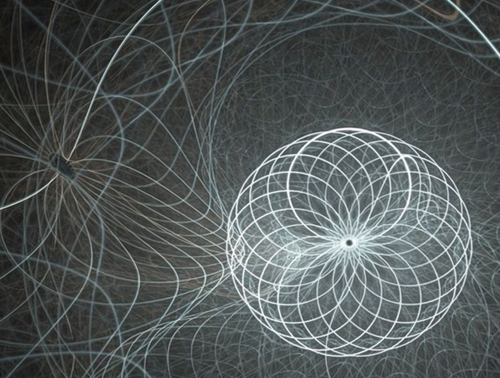
A quantum mechanics calculation starts with a complete description of the quantum state of any quantum system. A quantum system’s anything, some atoms for example, that physicists can describe with a quantum state. A proton and an electron―an atom of hydrogen―is a quantum system. It has a wave function, which gives its quantum state. For example, an excited state with the electron zinging round the proton in a higher orbit than its lowest energy or ground state. The evolution of the wave function gives a description of the future of the quantum system―how it changes over time. The electron could remain excited. Or it could give up energy, which flies off as a photon. The wave function covers all the options.
The future that QM foretells depends on the initial state and nothing else. It foretells the future until someone checks to see what’s going on. It gives the odds each possibility will turn up when a measurement is made. When someone measures the condition of the system, the experiment is over. Its condition is this former possibility―now certain.
A measurement compels the system to pick one of the conditions that it could be in. In picking it must play the QM odds. Repeated, the experiment will come up with each condition in accordance with those odds, like dice that show each side with odds of one in six. This process, says QM, done as often as one likes, defines the limits of reality.
As Heisenberg says forcefully, there is no way to even talk about what happens between measurements. The concept of continuous reality is meaningless. So is reality no more than quantum measurements?